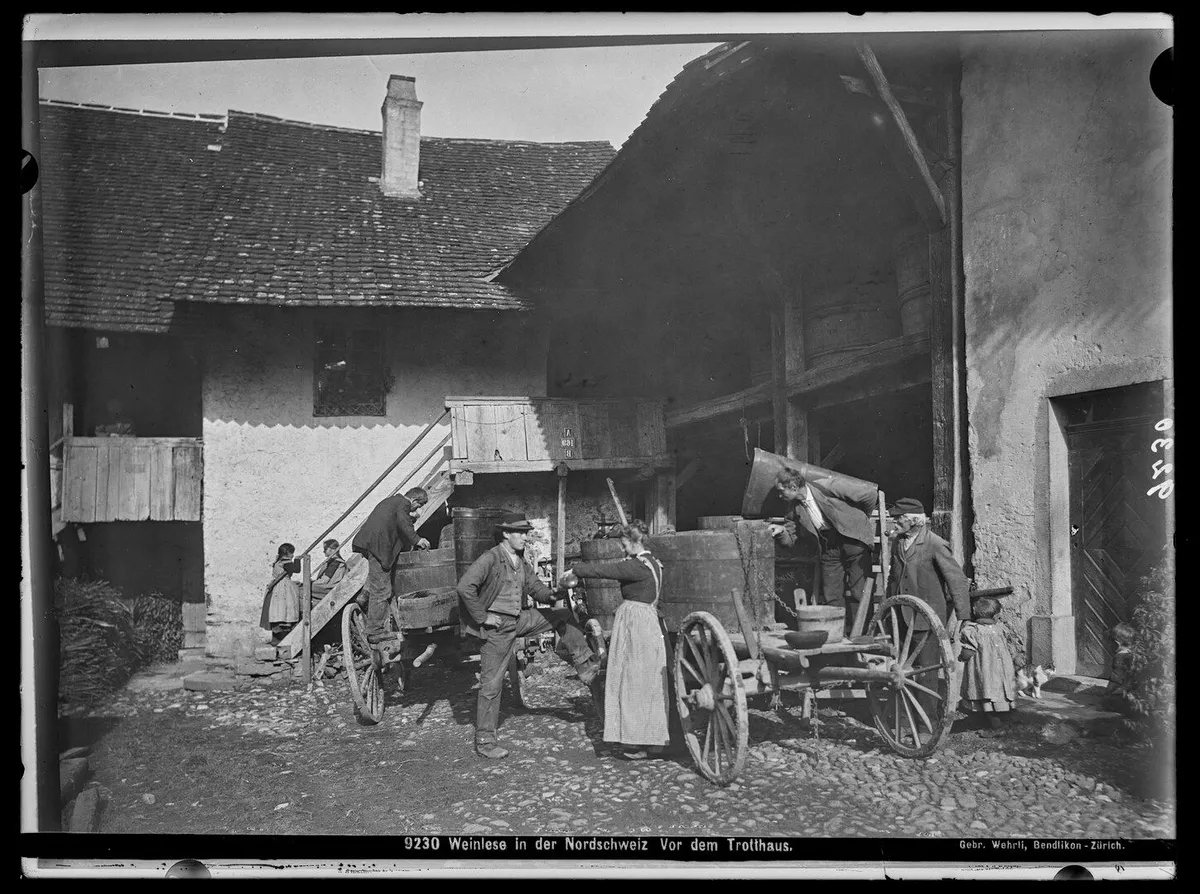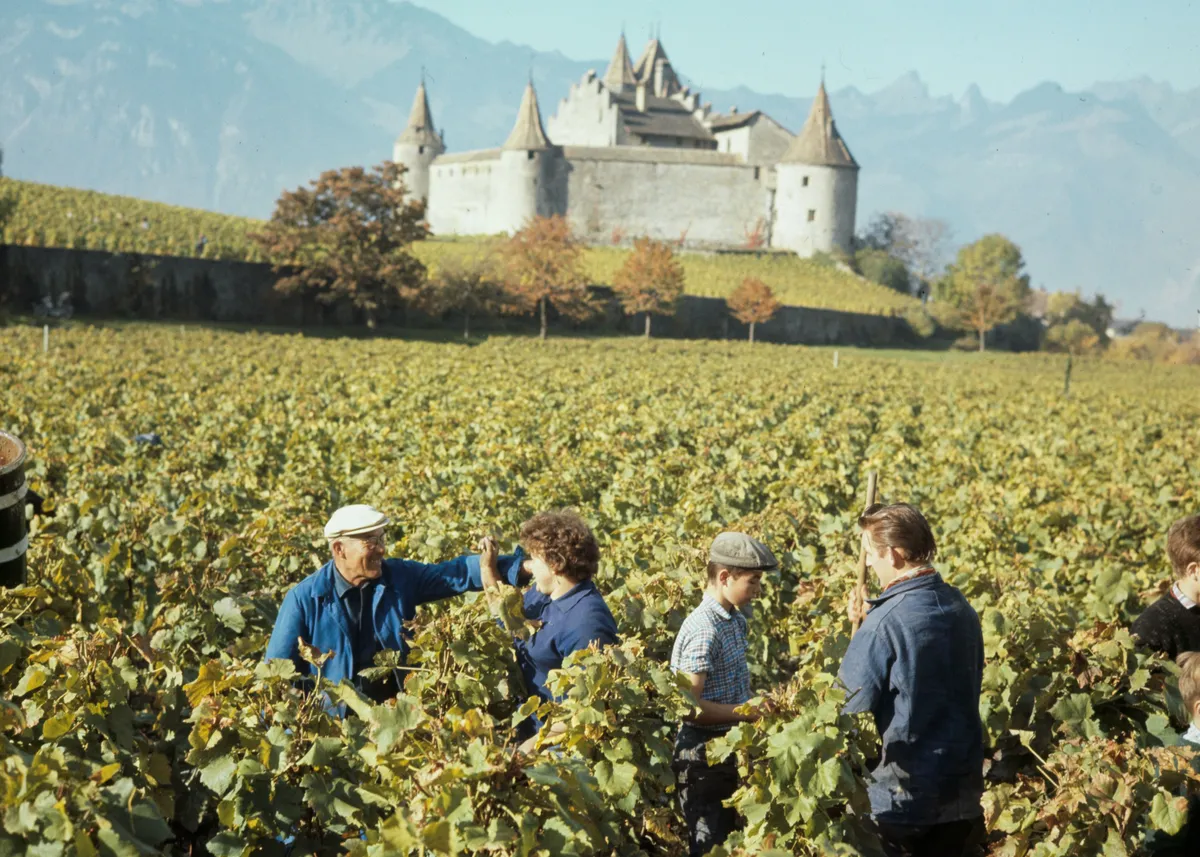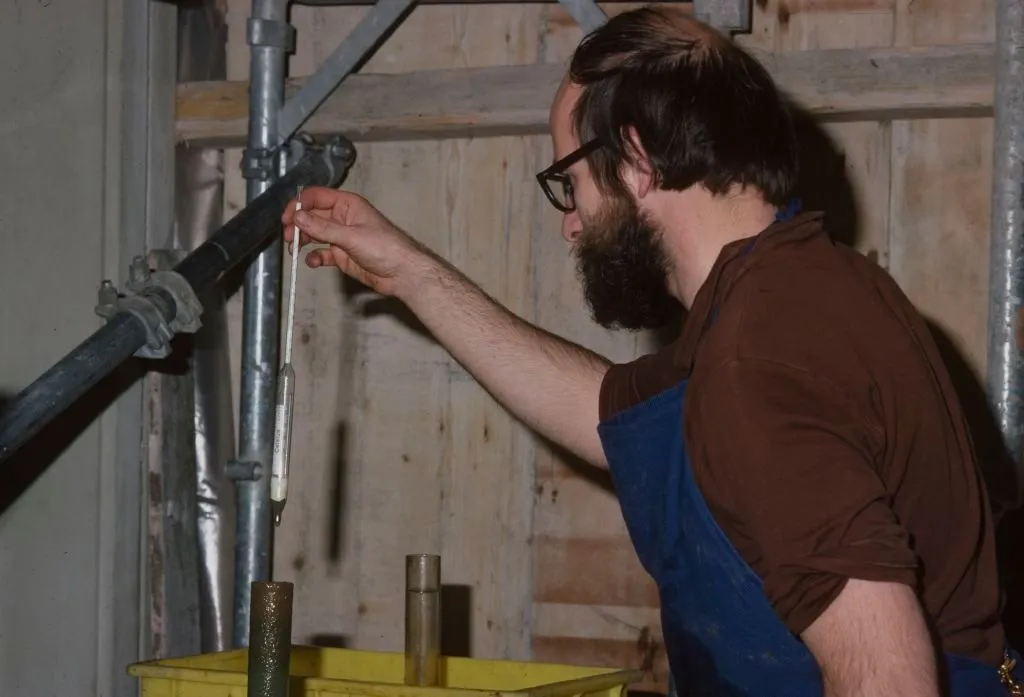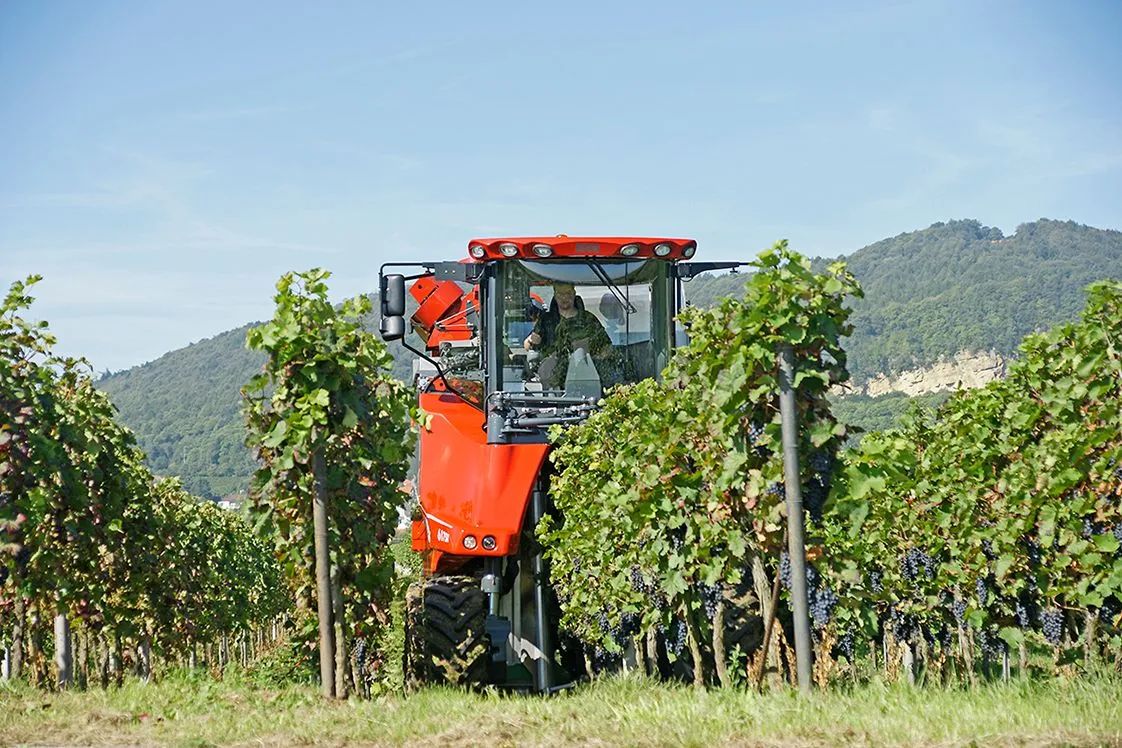Viticulture has been practised in Switzerland since Roman times. In over 2000 years, not only viticulture but also the grape harvest has constantly developed and changed. At the same time, surprisingly much has remained the same - as the following insight into the history of grape harvesting over the past century shows.
At the beginning of the 20th century, viticulture in Switzerland was strongly characterised by tradition. The grape harvest, also known as ‘Wümmet’ or ‘Läset’, was a laborious manual labour that was strongly supported by the community. Families, friends and neighbours came together to harvest the grapes by hand.

The work was physically demanding and was passed down from generation to generation. The grape harvest was not only an agricultural event, but also a social one, where songs were sung and stories were told. At that time, mechanisation was still a long way off.
After the Second World War, a period of technological progress began that also changed viticulture in Switzerland. In the 1950s and 1960s, the first attempts were made to use mechanical aids in the grape harvest. However, the often steep topography of Swiss vineyards posed a major challenge. While machines were already being used in flatter wine-growing regions of Europe, grape harvesting in Switzerland remained largely manual labour.

A noticeable change began in the 1970s and 1980s. Technological progress made it possible to use the first mechanical harvesting assistants. These made it possible to harvest large areas in record time and reduce labour costs. However, this method can damage the grapes.
At the same time, winegrowers began to focus increasingly on quality rather than quantity. The introduction of new grape varieties that were better adapted to the climatic conditions and the improvement of cellar techniques helped Swiss wines to gain in prestige.
Over the last thirty years, grape harvesting in Switzerland has evolved thanks to technological innovations and a growing awareness of sustainability. Advances in agricultural technology have enabled the use of precise harvesting machines, which are widely used in the flatter regions of Switzerland. However, on steeper slopes, such as in Valais or Lavaux, harvesting is still done by hand.

At the same time, climatic conditions in Switzerland have changed. Climate change is leading to higher average temperatures and a shift in harvest times. Grape varieties that were previously considered unsuitable are now finding their place in Swiss vineyards, while some traditional varieties are suffering under the new conditions.
Another important aspect is sustainability. More and more winegrowers are focussing on organic or biodynamic cultivation. The grape harvest is often carried out manually on these farms in order to protect the sensitive grapes and guarantee high quality.
Over the centuries, grape harvesting in Switzerland has evolved from a purely manual, communal activity to a technically assisted process with a strong focus on quality. Despite technological progress, manual labour remains an indispensable part of the grape harvest in many Swiss vineyards.
The challenges of climate change and the growing awareness of sustainability will continue to characterise the development of grape harvesting in Switzerland in the future.
Find out more about grape harvesting in Switzerland here.
All the news about Swiss wines and exclusive reports.
To visit our site, you must be of legal drinking age in your country of residence.